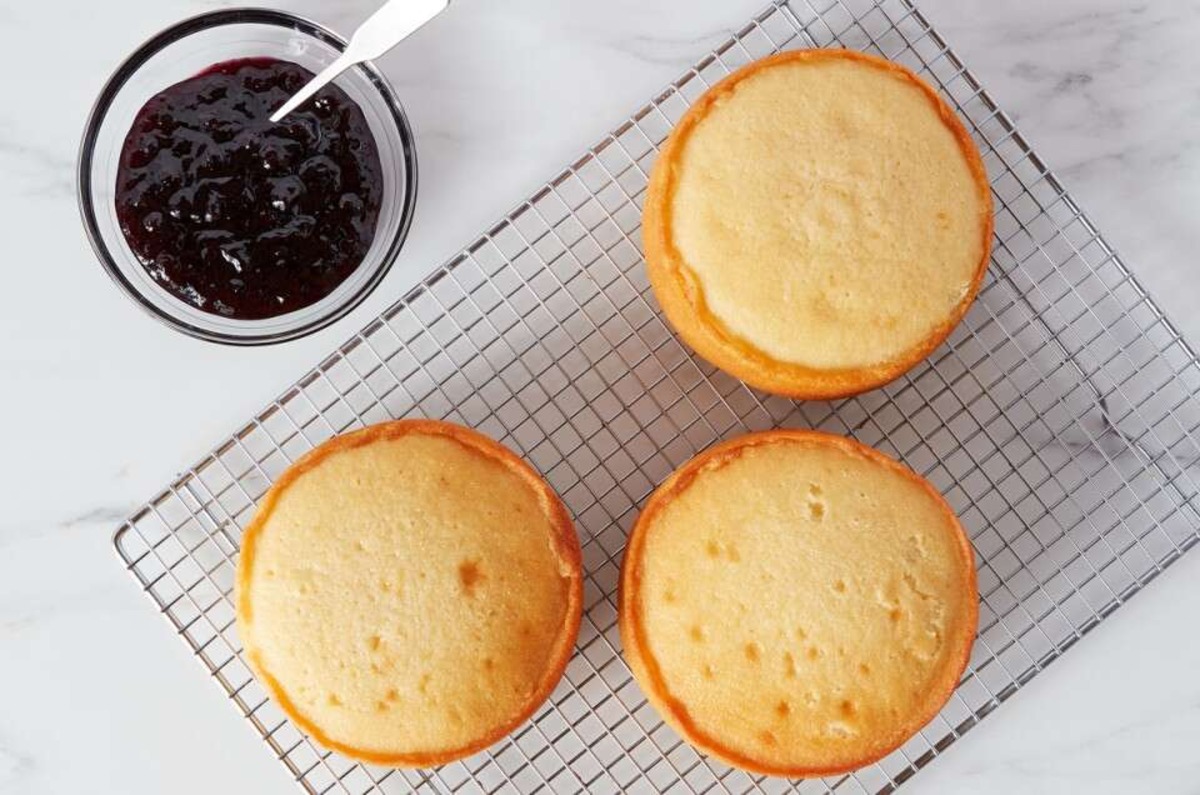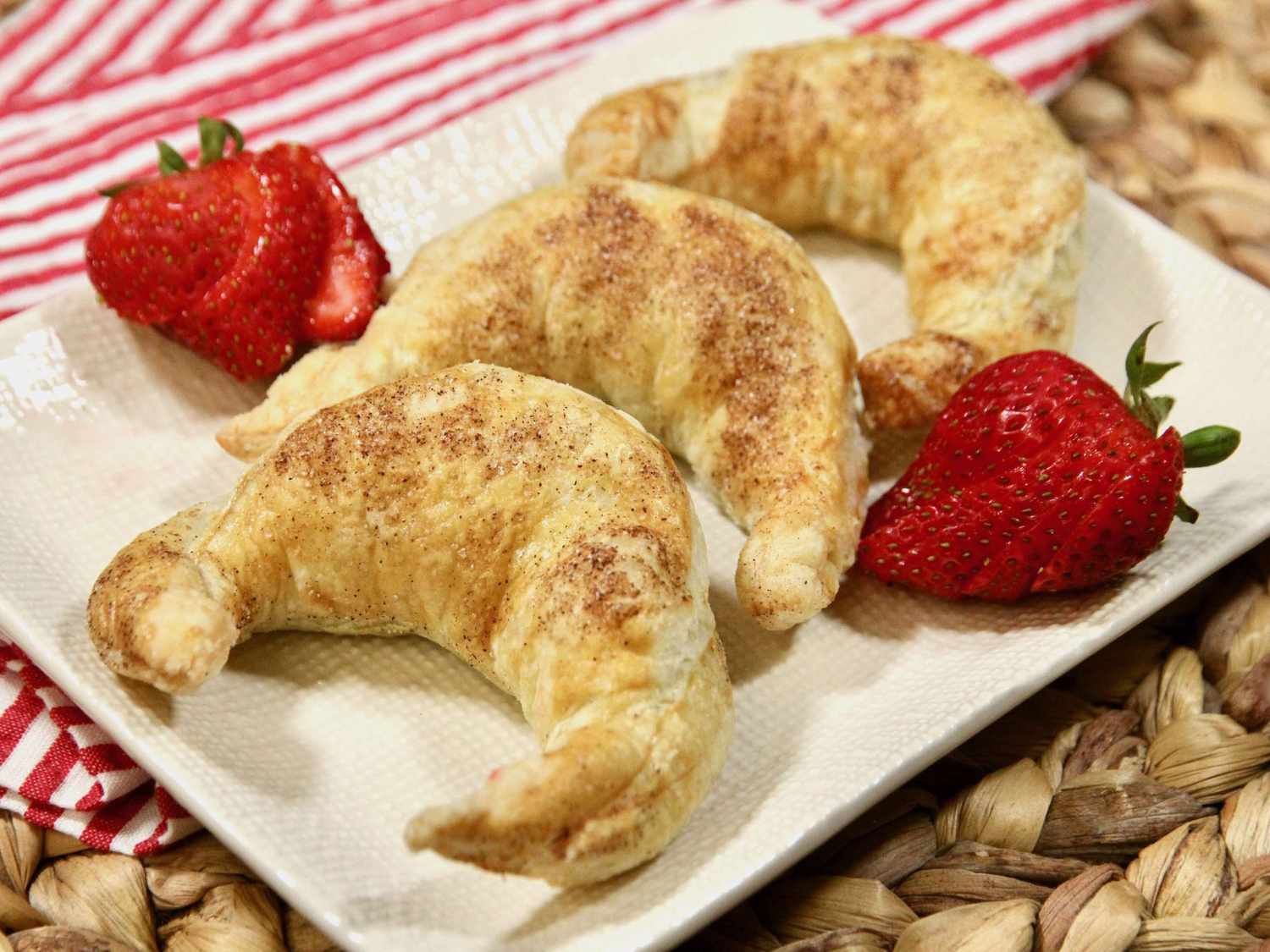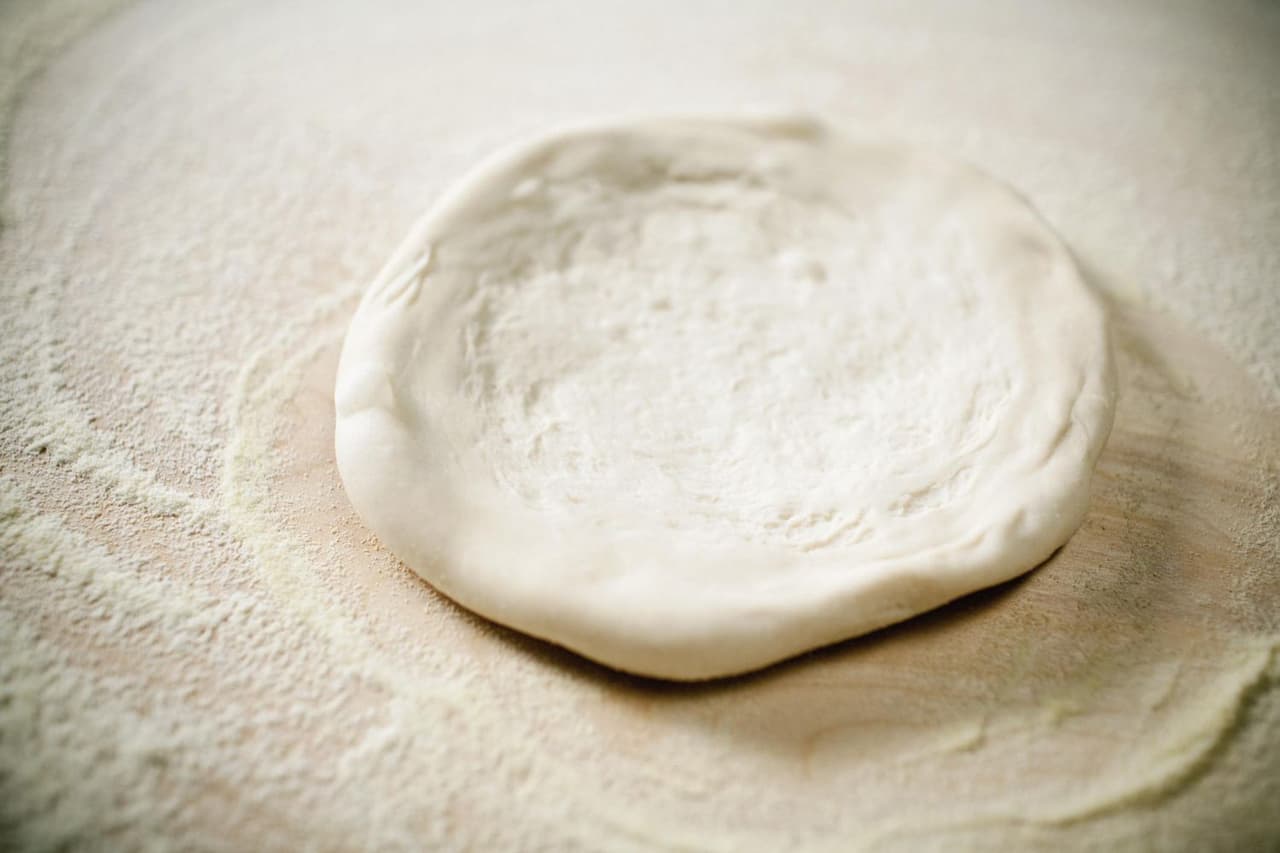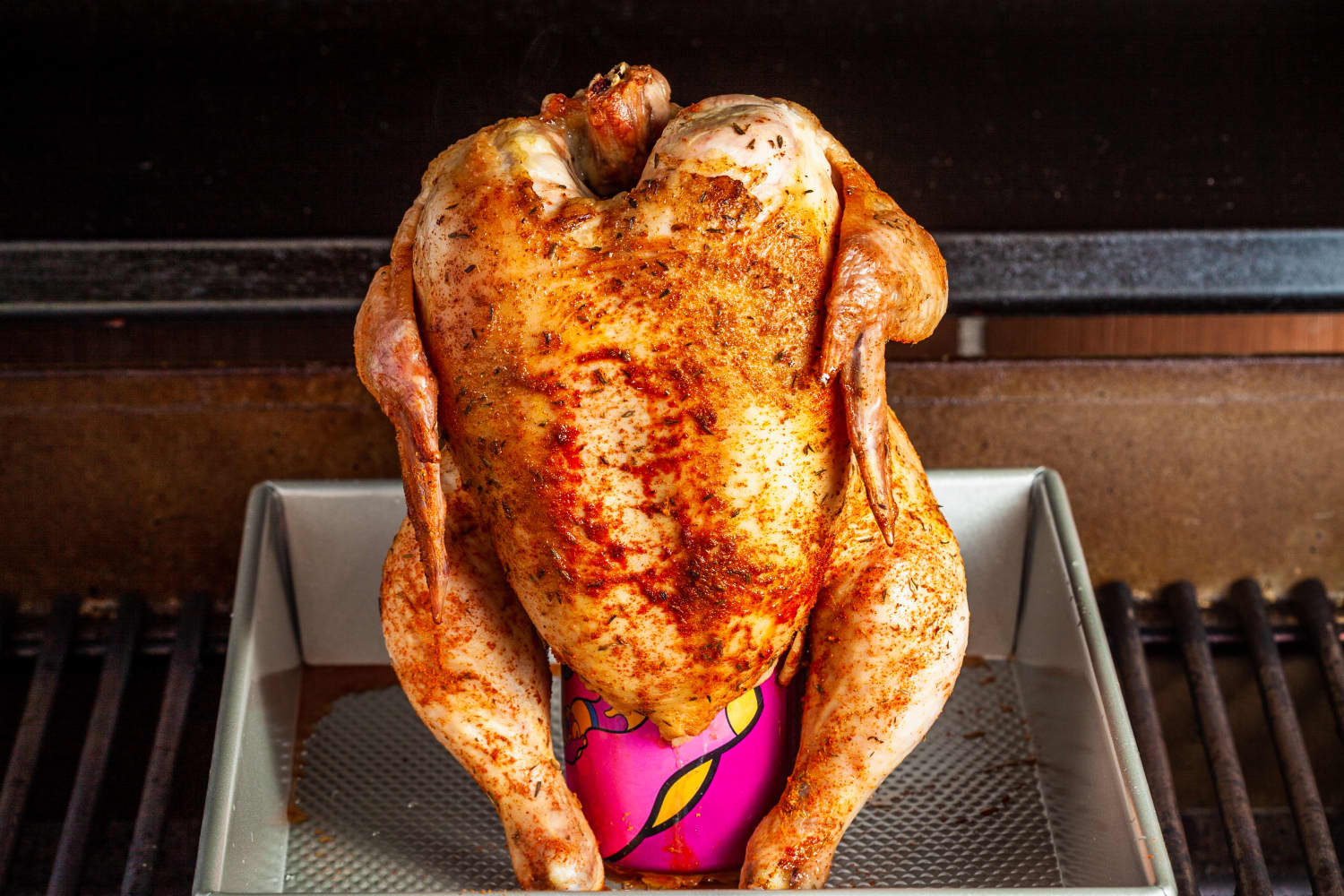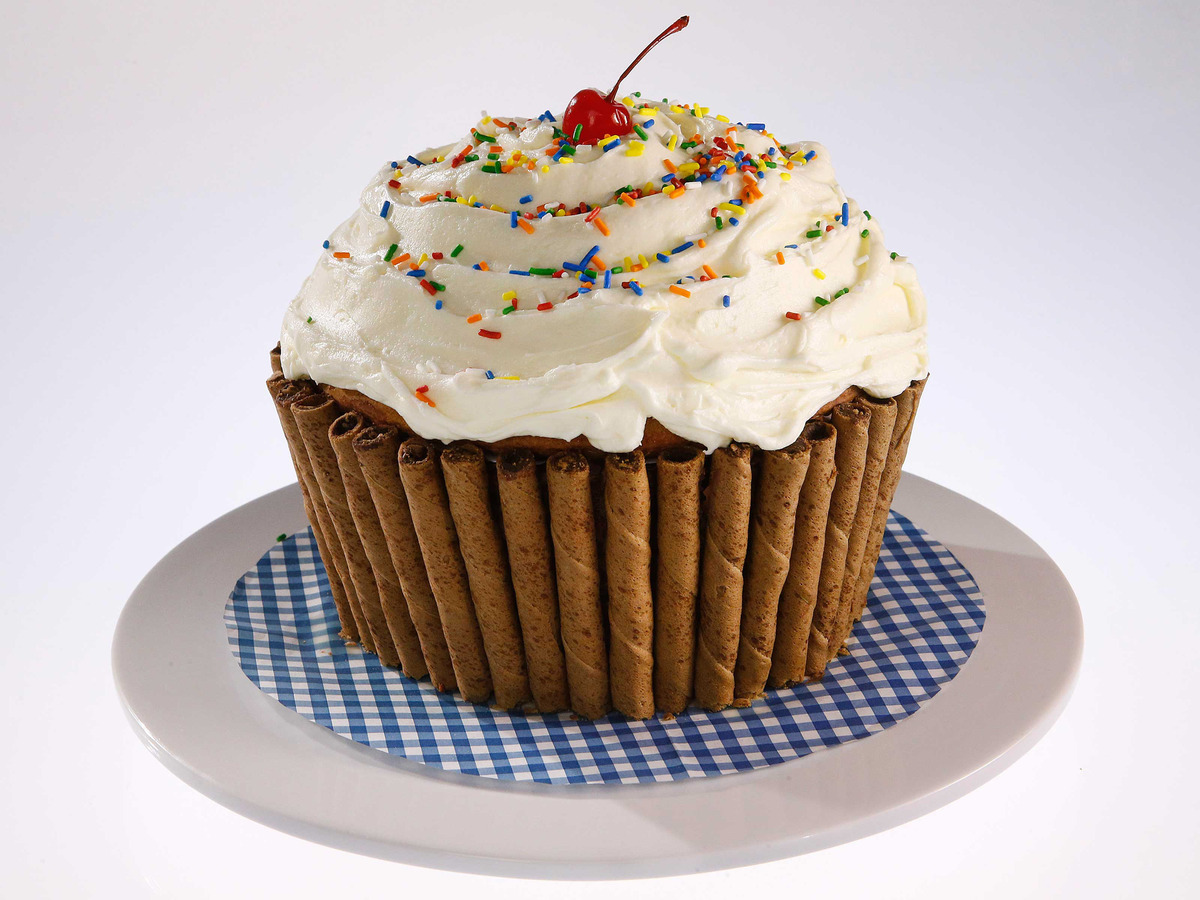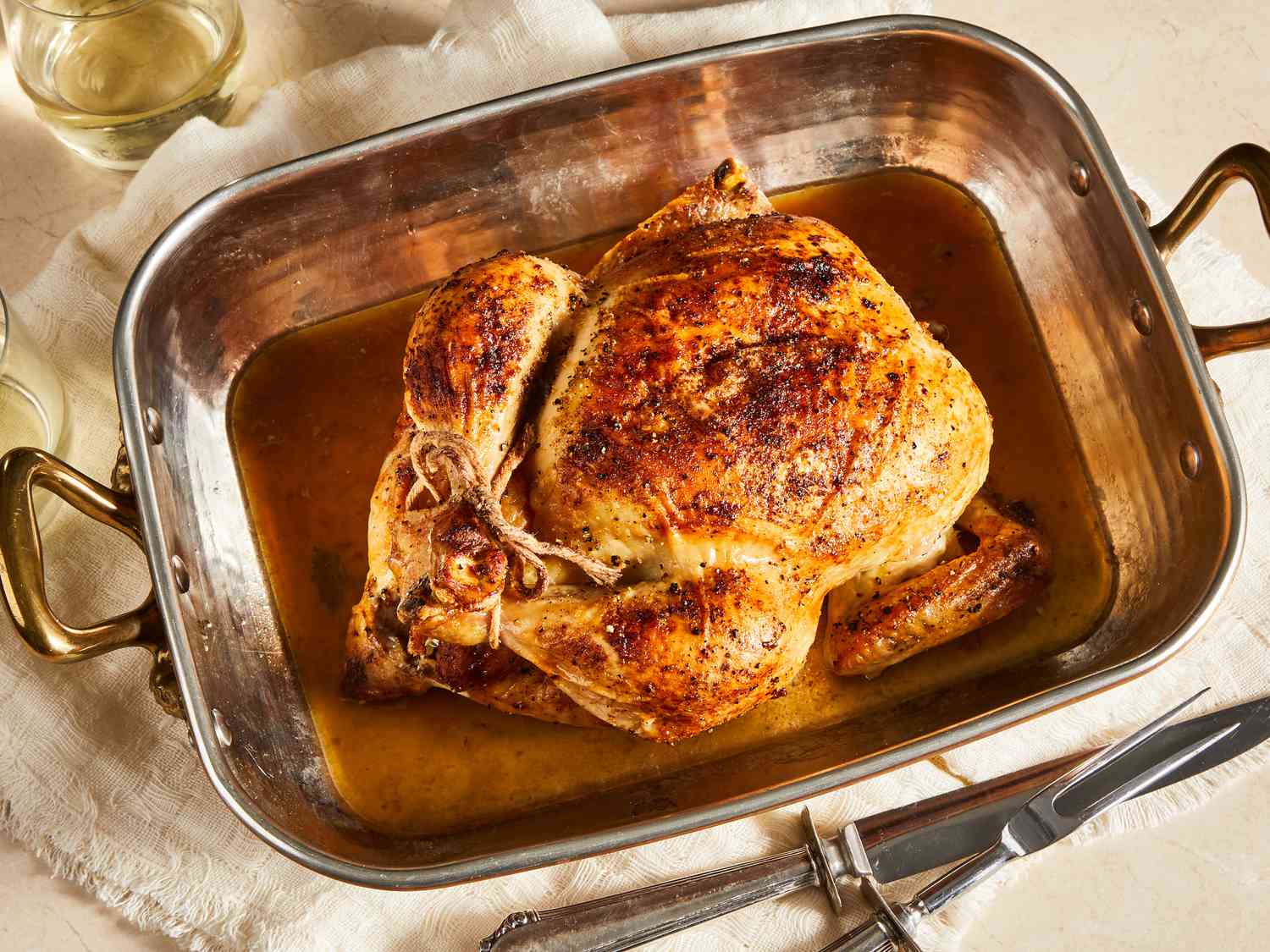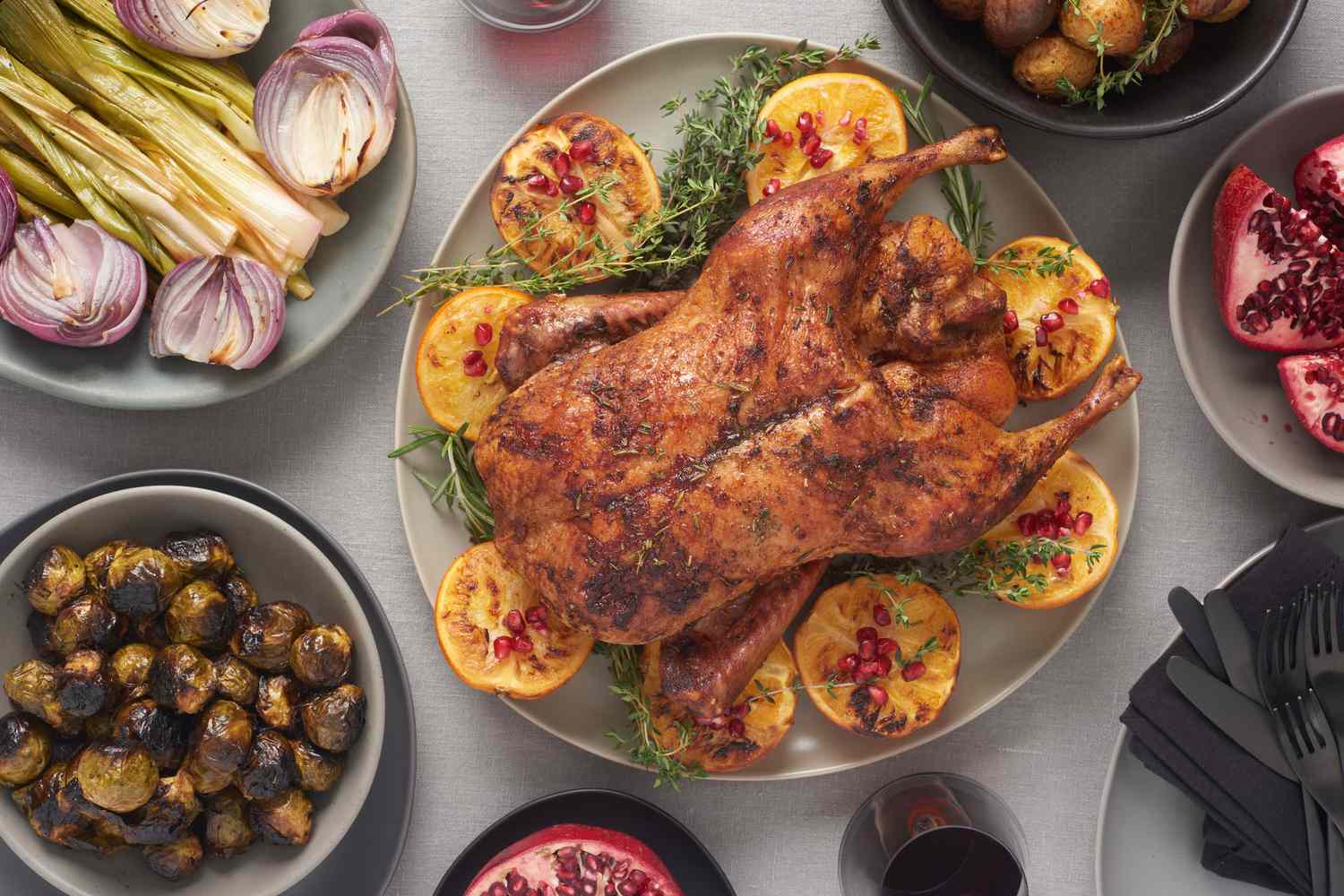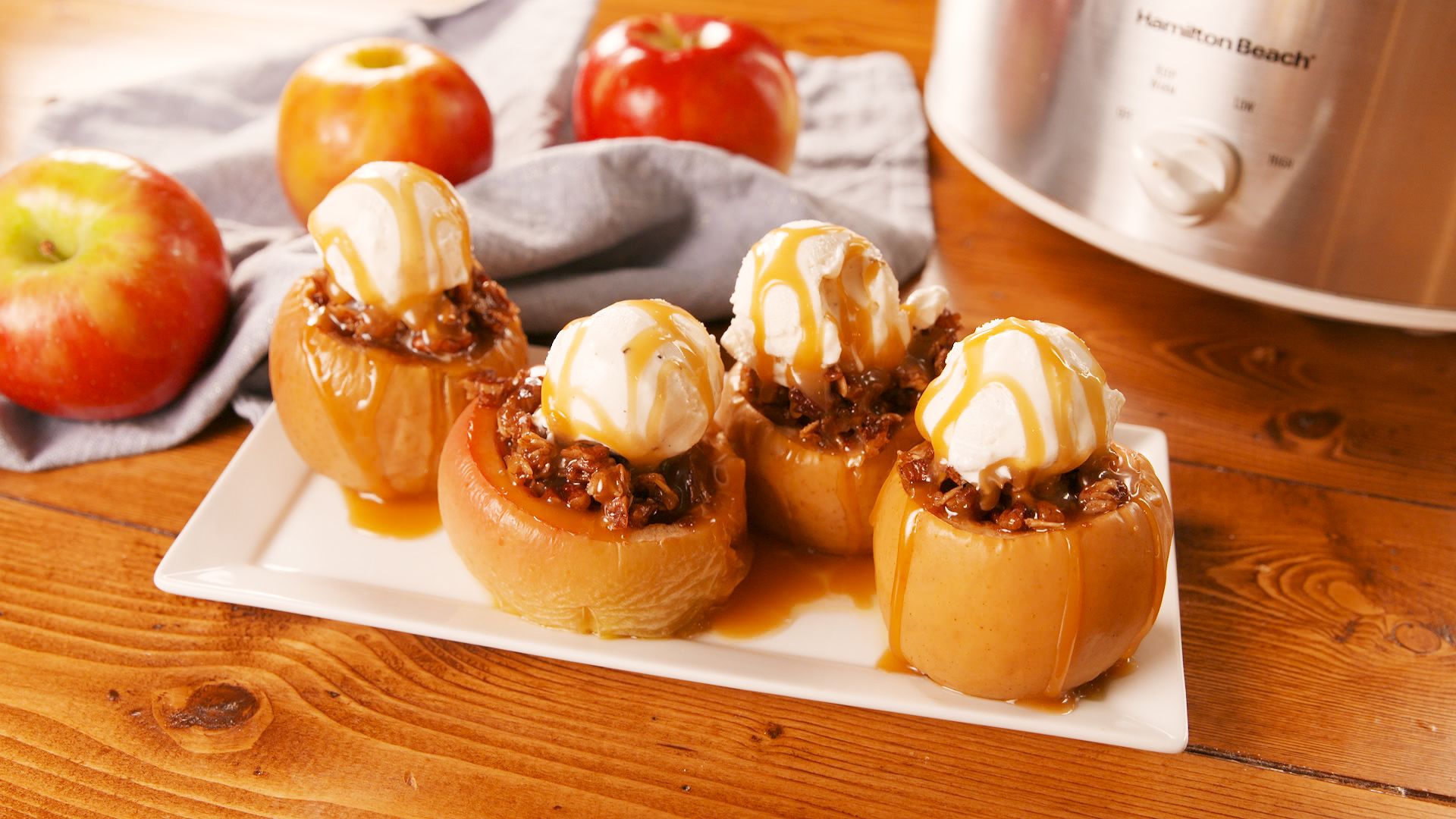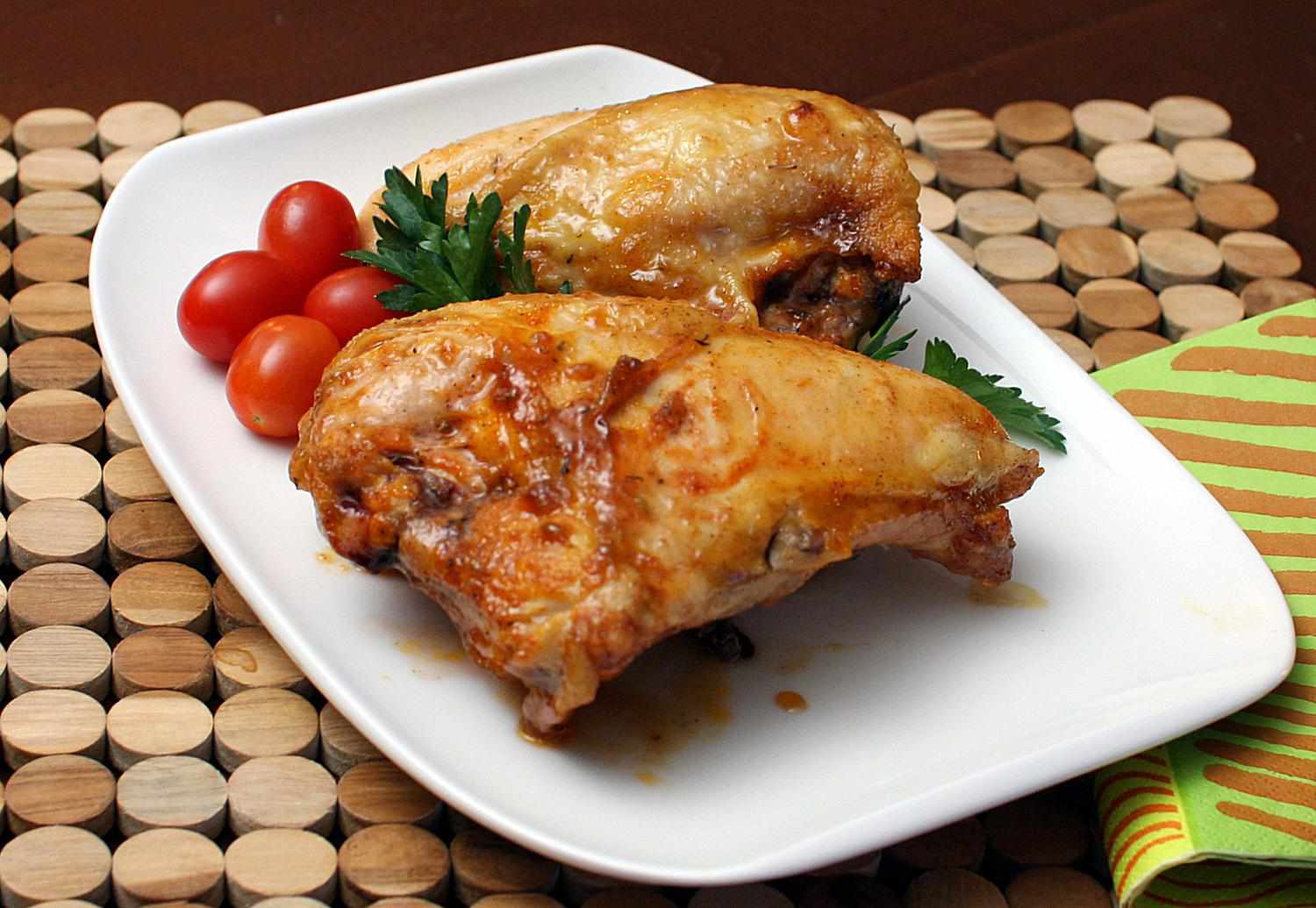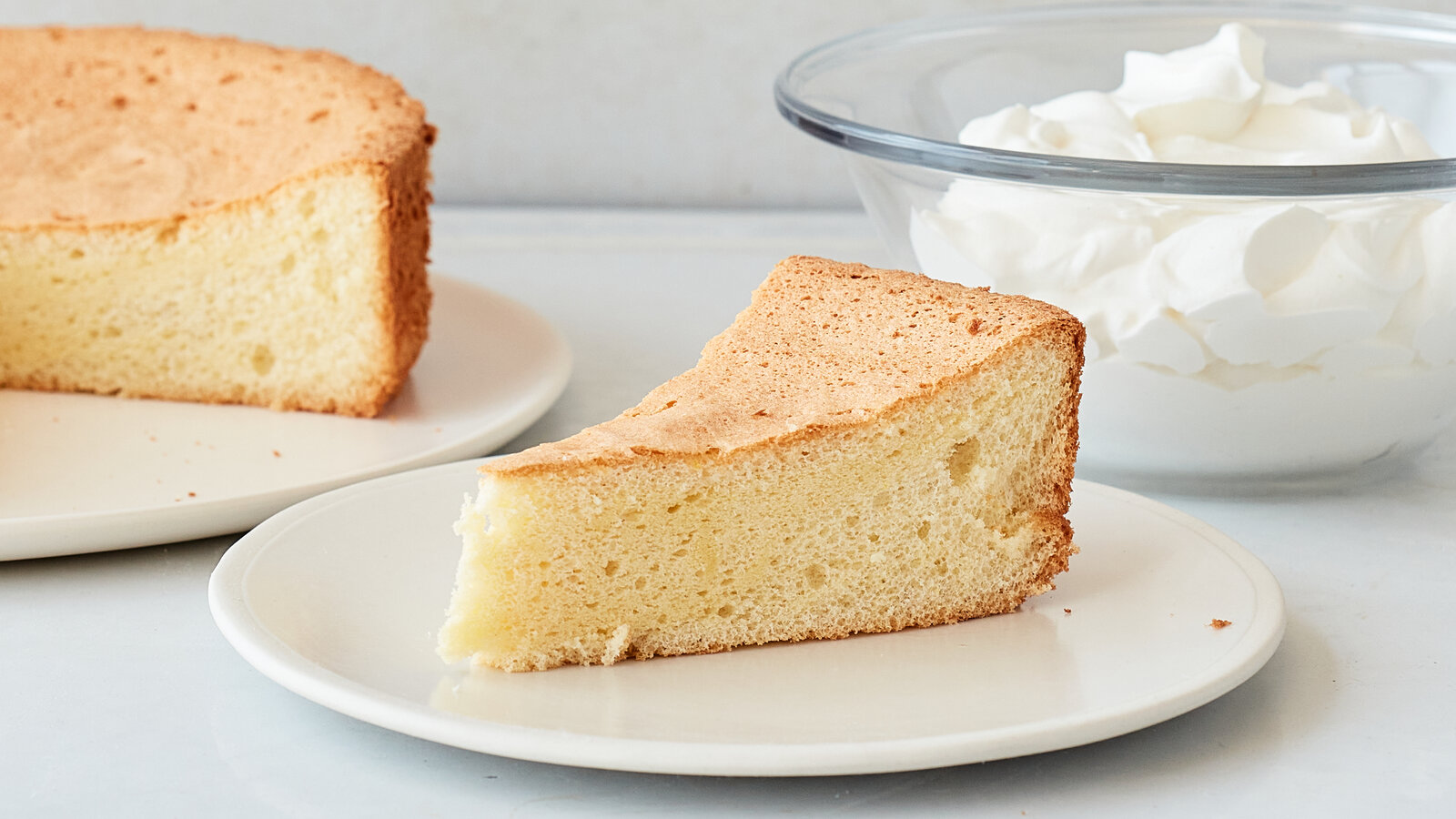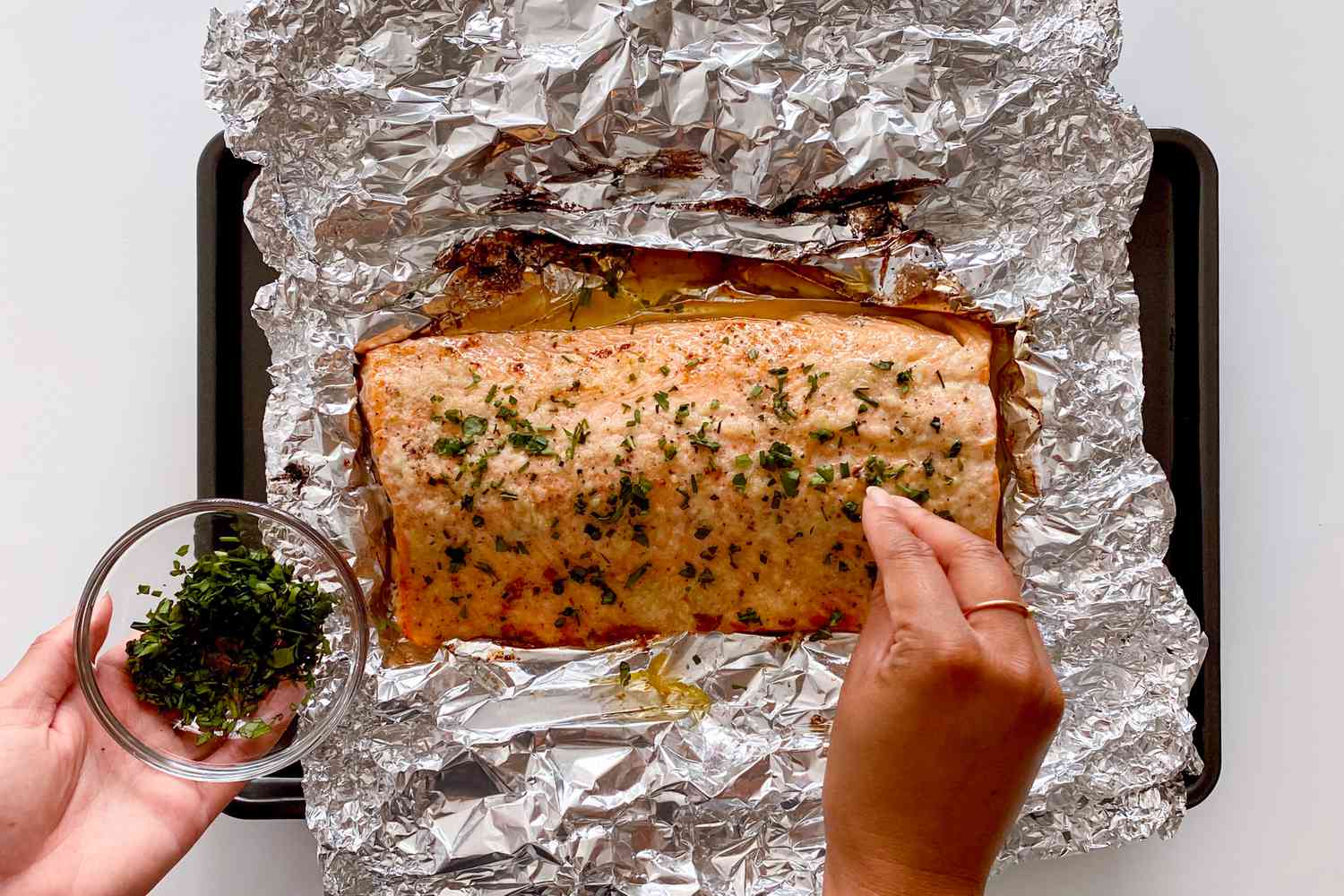Understanding the Difference Between a Loaf of Bread and a Boule
When it comes to baking bread, there are various shapes and styles to choose from. Two popular options are the traditional loaf of bread and the rustic boule. While both are delicious and satisfying, there are some key differences between the two that can impact the baking process and the final result. Let’s take a closer look at how to bake a loaf of bread versus a boule.
Baking a Loaf of Bread
A classic loaf of bread is known for its rectangular shape and sliced appearance. Baking a loaf of bread involves a few specific steps to achieve the perfect result:
- Preparation: Start by gathering your ingredients, including flour, yeast, salt, and water. Mix the dough and allow it to rise until it doubles in size.
- Shaping: Once the dough has risen, it’s time to shape it into a loaf. This typically involves gently stretching and folding the dough to create a smooth surface.
- Baking: Place the shaped dough into a loaf pan and allow it to rise again. Then, bake it in the oven until it’s golden brown and sounds hollow when tapped on the bottom.
Baking a loaf of bread is a precise process that requires attention to detail and careful shaping to achieve the desired texture and appearance.
Baking a Boule
A boule, on the other hand, is a round, rustic loaf that is often characterized by its artisanal appearance. Here’s how to bake a boule:
- Preparation: Similar to a loaf of bread, the process begins with preparing the dough and allowing it to rise. The ingredients typically include flour, yeast, salt, and water.
- Shaping: When it comes to shaping a boule, the goal is to create a round, slightly flattened shape. This can be achieved by gently tucking and shaping the dough into a cohesive round form.
- Baking: Unlike a loaf of bread, a boule is often baked directly on a baking sheet or in a Dutch oven. This allows the dough to spread out and develop a crusty exterior while maintaining a soft interior.
Baking a boule embraces a more relaxed and free-form approach, resulting in a visually appealing and flavorful bread with a chewy crust and airy crumb.
Choosing Between a Loaf of Bread and a Boule
When deciding between baking a loaf of bread or a boule, consider the occasion and your personal preferences. A loaf of bread is ideal for sandwiches and toast, while a boule is perfect for tearing off chunks and enjoying with dips or soups. Both options offer a delightful homemade bread experience, each with its own unique characteristics.
Whether you opt for a traditional loaf of bread or a rustic boule, the process of baking bread is a rewarding and satisfying endeavor. Experiment with different shapes and styles to discover the perfect bread for your table.
So, whether you’re in the mood for a classic sliced loaf or a rustic round boule, the art of baking bread offers endless possibilities for creating delicious homemade bread to enjoy with family and friends.
Was this page helpful?
Read Next: How To Bake A Quiche
